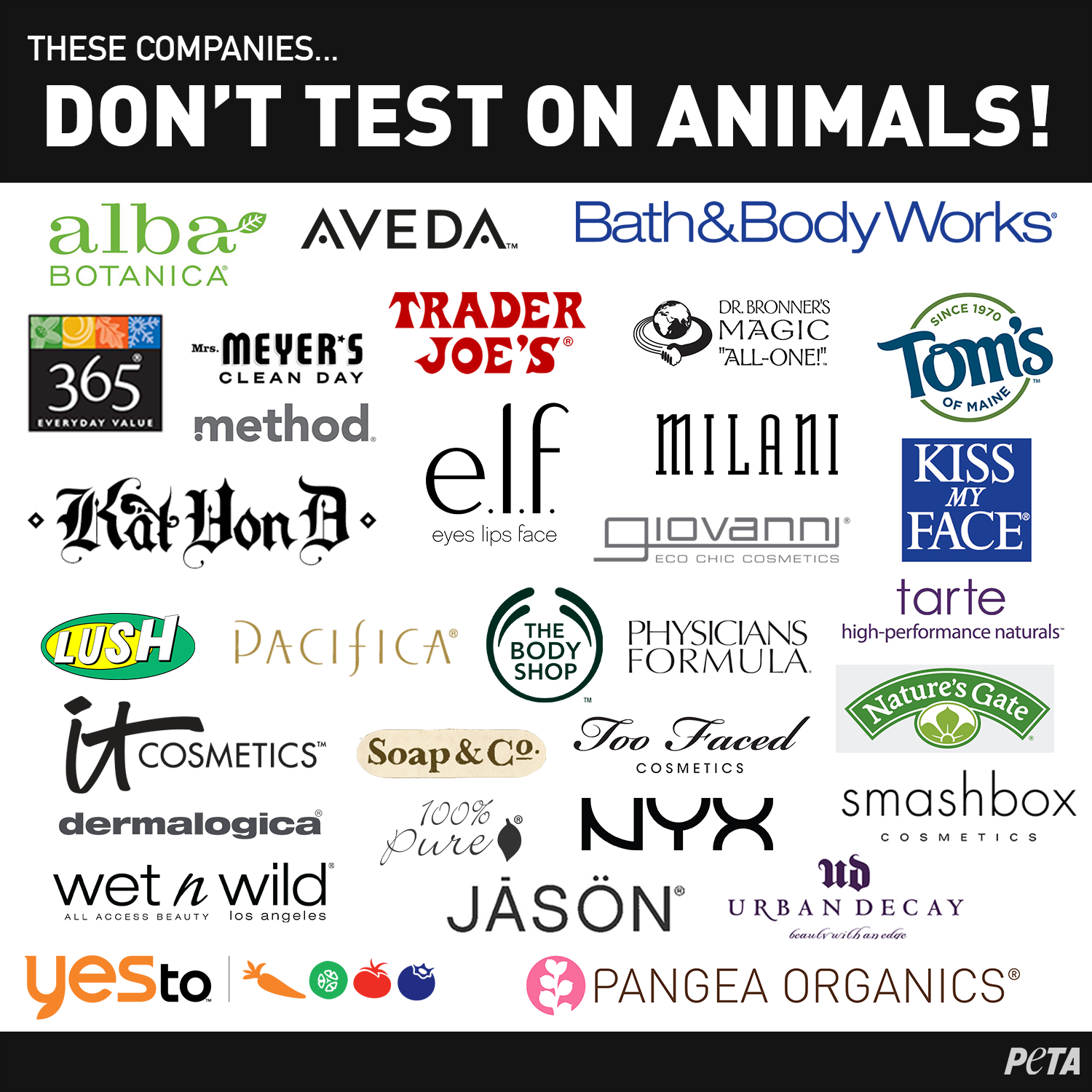In the vibrant and ever-evolving world of beauty products, the term “cruelty-free” has emerged as a beacon of hope for consumers seeking products that align with their ethical values. As we maneuver through the cosmetic aisle, laden with colorful packaging and persuasive marketing, a critical question arises: do cruelty-free makeup brands still use animal-derived ingredients? This intricate web of ethics, marketing tactics, and consumer awareness invites us to peel back the layers and understand the nuances—much like the process of applying makeup itself.
The allure of cruelty-free products is undeniable. They promise a world where the lavish indulgences of beauty do not come at the expense of sentient beings. However, lurking beneath the glossy surface of this label are complexities that warrant deeper scrutiny. The term “cruelty-free” predominantly implies that the product has not been tested on animals. While this assurance helps many sleep soundly, the narrative becomes convoluted when considering the ingredients sourced for these products.
Like a masquerade ball, the term “cruelty-free” dances around regulations and definitions which, depending on the jurisdiction, can vary widely. Some brands leverage verbiage and strategically crafted labels to evoke empathy and trust. However, one must tread carefully; the opacity of labeling laws creates a landscape where loopholes flourish. For instance, a product may be labeled cruelty-free while still containing substances derived from animals, leading to an ethical dichotomy that is troubling.
To navigate this ambiguous terrain, one must become an astute investigator, scrutinizing ingredient lists as one might evaluate a carefully composed symphony. Ingredients such as lanolin (derived from sheep wool), glycerin (which can be sourced from animals), and collagen (often animal-based) can infiltrate “cruelty-free” products. This duality can be perplexing—how can a brand genuinely proclaim to be cruelty-free while enmeshing itself in an ecosystem dependent on animal derivatives?
In the void between intention and execution lies the notion of ethical branding. Some cruelty-free companies may justify their use of animal products as acceptable due to the sourcing methods, asserting that their animals are treated humanely. However, this rationale often raises eyebrows within the animal rights community. The conversation around what it truly means to be “cruelty-free” also intersects with consumer perspectives on sustainability and ethical consumerism, further complicating our understanding.
As we embark on this understanding, it becomes essential to recognize the beauty industry’s ongoing evolution toward transparency. A growing number of companies are increasingly pursuing vegan formulations—products devoid of any animal-derived ingredients altogether. This burgeoning movement caters not only to the ethical consumers striving for a cruelty-free existence but also to those advocating for environmental sustainability. After all, the gentle kiss of a nourishing moisturizer does not need to come at the cost of another being’s life.
Yet, the landscape of vegan and cruelty-free labels remains clouded. While many brands strive for transparency, not all consumers are equipped with the knowledge necessary to make informed decisions. This communication gap exacerbates the deceptive potential of labeling. The quick glance at product packaging versus the deep dive into ingredient transparency creates a chasm of misunderstanding that many consumers unwittingly leap across.
As we delve deeper, it becomes paramount to explore the role of certification. Third-party organizations have emerged, providing rigorous standards that brands must meet to obtain labels such as “certified cruelty-free.” This provides a layer of reassurance to the conscientious consumer. However, with numerous certifications available, can we ensure that all these standards are truly rigorous and consistent? Or will they become another ornament in the façade of ethical branding?
In navigating this intricate maze, the responsibility transitions to the consumer. An informed consumer is a powerful consumer. The onus is upon individuals to delve into the ethos behind the brands they support. With a plethora of resources available—ranging from comprehensive ingredient directories to independent reviews—knowledge has never been more accessible. Ultimately, the consumer holds the power, and wielding that power with discernment can foster positive change within the industry.
As we move forward, we witness not only a burgeoning awareness surrounding animal rights but also a palpable shift in the beauty industry toward ethical practices. The quest for beauty need not compromise the tenets of compassion and integrity. For every duplicitous marketing strategy, there lies an opportunity for genuine brands to shine, creating products that are not only free from cruelty in terms of testing but also in ingredient sourcing. The potential for a harmonious balance between ethical practices and beauty aspirations beckons on the horizon.
Beauty and ethics are not mutually exclusive. Though significant challenges lie in the path ahead, the consumer’s awakening to these realities signals that change is indeed within reach. As the journey toward cruelty-free beauty continues, it is the collective voices of the consumers advocating for transparency, humanity, and respect that will forge a landscape of integrity within the cosmetics realm—one makeup brush at a time.








